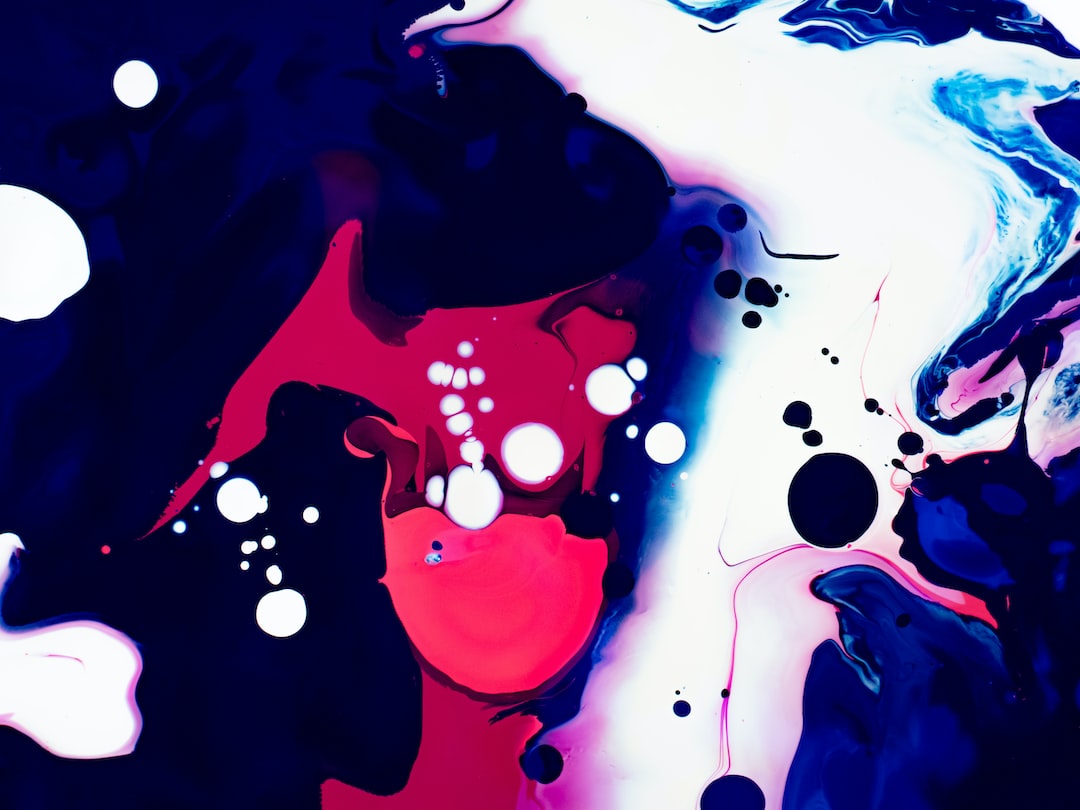Ceramic art is a fascinating and timeless form of artistic expression. It involves shaping and manipulating clay to create various objects, ranging from beautiful sculptures and functional pottery to intricate tiles and delicate porcelain ware. In this blog post, we will explore the delicate balance of form, function, and aesthetics in the world of ceramic art.
Form, in the context of ceramic art, refers to the physical shape and structure of an object. Artists who work with clay possess a unique ability to mold it into different forms, bringing their creative visions to life. From geometric shapes to organic forms inspired by nature, ceramic art offers a wide range of possibilities for artists to explore.
One artist that exemplifies the importance of form in ceramic art is Isamu Noguchi. His works often blur the line between sculpture and functional objects, demonstrating how form can transcend its utilitarian purpose. Noguchi’s Akari light sculptures, for example, combine delicate paper and ceramics to create beautiful and functional lamps that illuminate spaces with a warm and ethereal glow. The combination of form and function in Noguchi’s works challenge the conventional boundaries of traditional ceramic art, bridging the gap between art and design.
While the physical form of a ceramic object can be visually captivating, its function is equally significant. From cups and bowls to vases and teapots, functional pottery plays an essential role in our daily lives. Functional ceramic art not only serves a practical purpose but also adds beauty and aesthetic value to our surroundings.
Take, for instance, the Japanese tradition of tea ceremony. Tea bowls, known as “chawan,” are carefully crafted by skilled potters and are chosen to reflect the specific tea ceremony’s mood and aesthetic. The form of the chawan is designed to enhance the tea-drinking experience, ensuring that the texture and weight of the ceramic contribute to the sensory pleasure. The interplay between form and function in the world of functional ceramic art is a testament to the harmonious relationship between beauty and utility.
Aesthetics, the third component of ceramic art, encompass the visual appeal and artistic qualities of an object. An aesthetically pleasing ceramic piece engages our senses, evoking emotions and sparking our imagination. Artists often use a variety of techniques, such as glazing, decoration, and surface textures, to enhance the aesthetics of their creations.
Marie Woo, a renowned ceramic artist, is known for her exceptional use of surface textures in her pottery. By incorporating imprints, carvings, and embossments on the clay surface, Woo creates visually captivating pieces that entice both the eye and the touch. These intricate textures engage the viewer and invite a deeper appreciation of the artwork.
Furthermore, glazing is another technique that ceramic artists employ to enhance the aesthetics of their creations. Glazes can give pottery a range of colors, from earthy tones to vibrant hues, adding depth and visual interest to the ceramic object. The glazing process is a delicate balance of chemistry and artistry, as artists must carefully consider the desired effect and experiment with different combinations to achieve the desired result.
In conclusion, ceramic art is a delicate balance of form, function, and aesthetics. From the physical shape and structure of an object to its utilitarian purpose and visual appeal, ceramic artists navigate a complex interplay of these elements to create beautiful and meaningful works of art. Whether it’s a sculptural masterpiece or a functional pottery piece, ceramic art enriches our lives and reminds us of the enduring power and beauty of human creativity.

